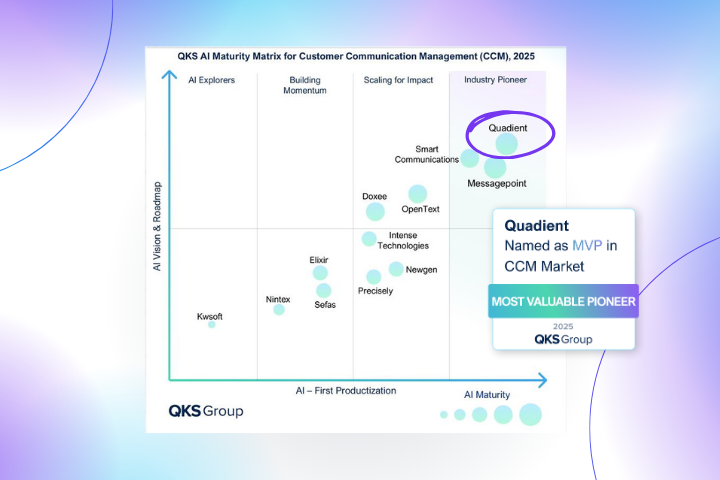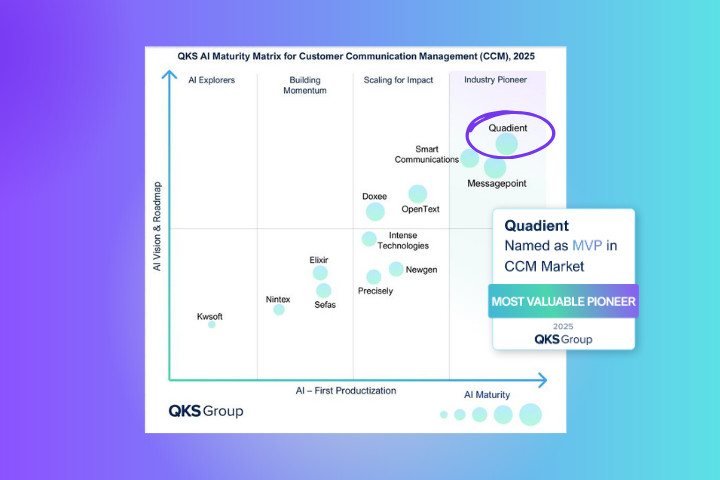
Super Bowl LIX may be over, but people are still talking about it! Kansas City had won three titles in five years and seemed on their way to becoming the first team ever to win three back-to-back Super Bowls. Anticipating a strong offense led by the Chief's quarterback, three-time Super Bowl MVP Patrick Mahomes, the Philadelphia Eagles staged a defensive coup and swooped in to claim victory.
That's great news for Philly, but how does this relate to your credit card processing fees? Glad you asked… If you're feeling the pressure of rising transaction fees set by banks and card issuers, take a page from the Eagles' playbook and implement a winning defensive strategy: surcharging. By adding a small fee to a transaction when a customer pays with a credit card, you can offset costs, improve cash flow, and protect profit margins—all while maintaining crowd-pleasing features that keep the customer experience smooth.
The offensive threat: skyrocketing credit card processing fees
Credit cards are now a go-to payment method for consumers worldwide, accounting for 28% of point-of-sale (POS) transactions. But the more we swipe, the more we pay. U.S. businesses shelled out a record $172 billion in credit card processing fees last year, a jump of nearly 50% from just four years ago. Depending on card type and transaction method, processing fees can range from 1.5% to 3.5% per transaction. That means a significant chunk of revenue is going straight to banks and card issuers instead of your business. In fact, credit card fees can account for 70%-90% of total financial processing costs for some businesses.
If you're a finance leader, this puts you in a tough spot. You need to make it easy for customers to pay how they prefer; flexibility means quicker and more frequent payments. But you also need to manage costs to protect your bottom line. Enter your winning defensive play: surcharging.
Surcharging lets you pass processing fees onto customers who choose to pay with credit cards. Done right, it helps offset credit card fees and ensure compliance with state laws and card network regulations.
Pressure creates opportunity
In front of a sold-out Superdome crowd in New Orleans, and a record 127.7 million U.S. viewers, the Eagles faced off against one of the best quarterbacks in history. But instead of buckling under the pressure, they leaned into a pass rush that ultimately won them the title.
Just like the Eagles turned defense into opportunity, you can take control of rising credit card fees with surcharging. And it can be a game-changer for your business. Here's how:
Cost recovery. You already know how much credit card fees are costing you—and the more transactions you process, the more it impacts your profitability. Surcharging recovers some or all of your costs, so you're not absorbing them entirely.
Improved cash flow. Customers presented with a credit card surcharge often switch to a lower-cost payment method like ACH or debit. For you, that means lower fees, better days sales outstanding (DSO), and more cash on hand.
Better profit margins. Unlocking cash flow and reducing costs means that you can reinvest more in growth, innovation, customer experiences, and other centers of profit.
Customers = fans-and they still need a great experience
Fans aren't just spectators. They help a team play their best-and win. The same goes for your customers!
A common concern with surcharging is: Will it upset my customer? The truth is, when implemented strategically, it won't. As long as you make the experience easy, transparent, and fair. Here are some tips:
- Offer fee-free alternatives - Give customers no-cost options like ACH, debit cards, and digital wallets.
- Be transparent - Clearly communicate surcharges before checkout, so there are no surprises.
- Keep it simple - Make it easy for customers to choose a lower-cost payment method if they prefer.
Innovation changes the game
The Eagles' Super Bowl victory was fueled by their willingness to innovate, evolving their defensive strategy to counter the Chiefs' high-powered offense. Similarly, surcharging technology has evolved to help businesses stay ahead of regulatory changes, optimize cash flow, and operate more efficiently-all while enhancing the customer experience. You just have to know what features to look for:
Compliance. Like all financial regulations, surcharging regulations are complex. Rules vary by state and change frequently. A well-designed solution ensures compliance with state-specific laws and adjusts surcharge calculations when legislation changes.
Automation. Surcharging processes, such as identifying card types, calculating fees, and notifying customers, are ripe for automation. Streamlining them reduces manual effort, minimizes errors, and frees time for strategic initiatives.
Flexibility. Surcharging configurations, such as grace periods for specific buyers or variations based on transaction type, help you incentivize early payments, align with buyer preferences, and accelerate cash flow.
Visibility. You can track surcharging trends, measure effectiveness, and fine-tune payment strategies based on real-time data via robust reporting and advanced dashboard analytics.
Artificial intelligence. AI-powered tools analyze customer payment behaviors and offer dynamic recommendations to optimize surcharge rates and payment options.
When it comes to credit card fees, the best offense is a good defense
Surcharging isn't just about passing on costs-it's about keeping your business profitable-and your customers happy. Play smart defense with surcharging—and keep your business in the game.
Ready to take control of credit card processing fees?








